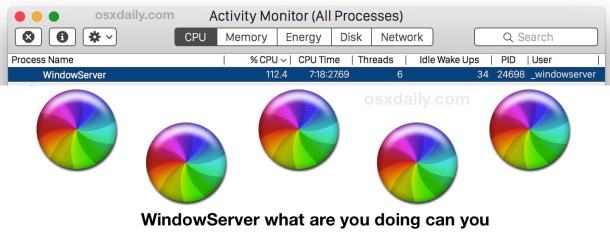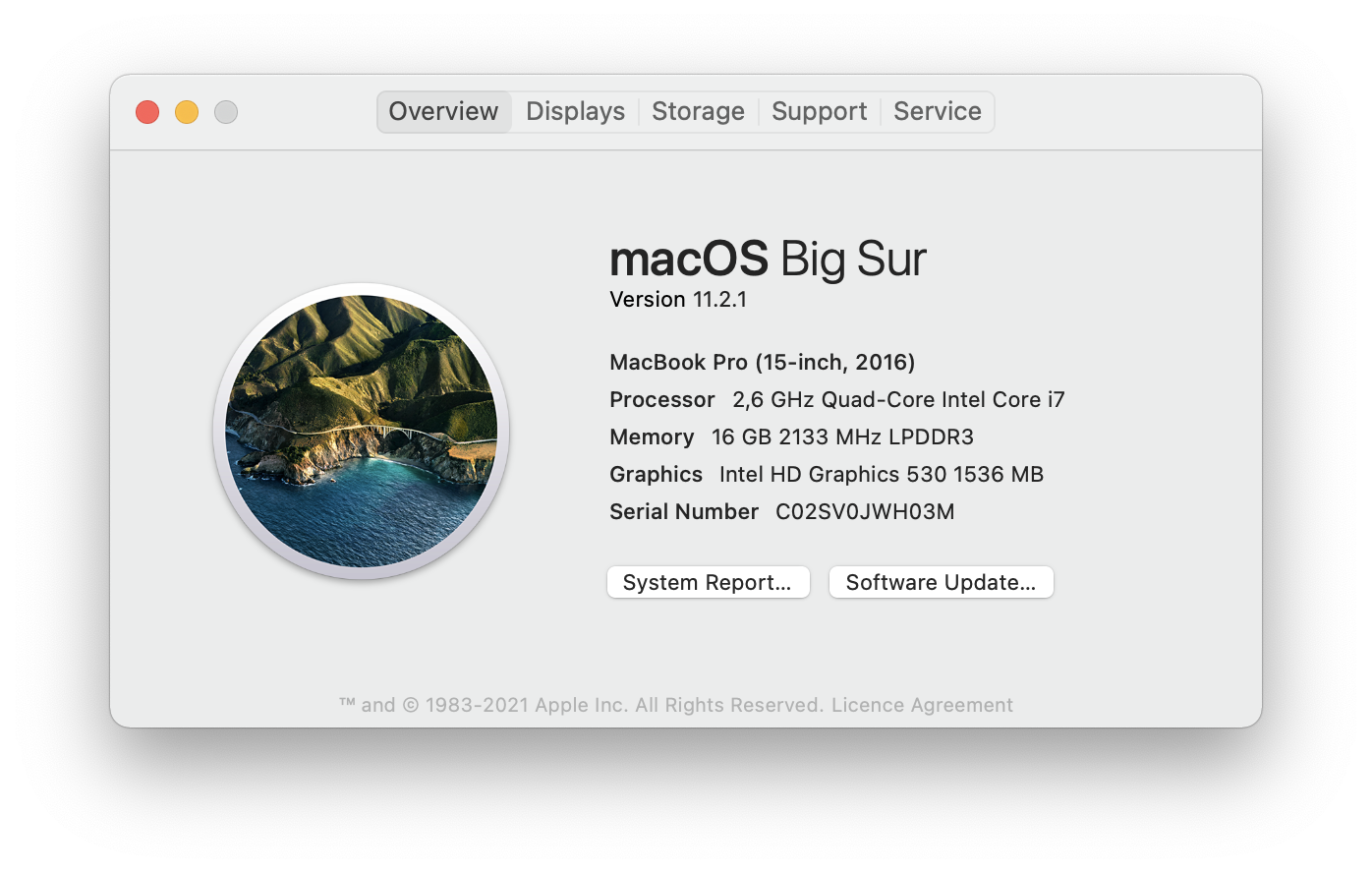Moving files in Mac OS X is not as simple as it was in Mac OS 9 days (prior to 2004, not to be confused with the 2013 released Mac OS X 10.9), and is different from Windows as well. Before deleting or moving any files you are uncertain of, be sure to make at least two backups of your critical data. What games can you play with dice. MacOS Big Sur elevates the most advanced desktop operating system in the world to a new level of power and beauty. Experience Mac to the fullest with a refined new design. Enjoy the biggest Safari update ever. Discover new features for Maps and Messages. And get even more transparency around your privacy. Assuming you have installed Docker on the Ubuntu Guest OS and Docker client on Mac OS X using brew minutes apart – you would have the latest version and they would be the same. The versions have to be identical for this to work. Now you are set to access Docker commands from the Mac OS terminal, run the same command as above $ Mac OS X. Get Rid of Annoying Mac Update Notifications, Change Screenshot Default Save Location, Stop opening iTunes when you are plug in your iPhone, Minimize All Currently Open Windows with One Click, Hide All Desktop Icons with One Click.

If you work with Unix files and folders a lot, you've probably already noticed that you can't see many of them in the Finder—the /usr, /bin, and /etc folders, amongst many others, don't show up in the Finder. Free online slot games play for fun.
If you want to, for instance, use a GUI editor such as Smultron or BBEdit to open a Unix file, you can't do it via a double-click (or drag and drop) in the Finder, because those Unix files will be hidden from view. Although most editors, including BBEdit and Smultron, include an 'Open Hidden' menu item for reaching these files, sometimes it's more convenient to browse and open them from the Finder.
Using a simple Terminal command, you can work with all the files on your machine from the Finder. Drops mac os. Open Terminal, type this command, and press Enter: Star nomad mac os.
Eat All The Things Mac Os 11
Slash sequence mac os. To make the command take effect, you need to restart the Finder. One way to do this is to hold down the Option key, then click and hold on the Finder icon in the Dock. When the contextual menu appears, select Relaunch and the Finder will restart.
Afloat is a simple application that adds the 'Always on top' solution to macOS. It makes use of SIMBL (short for SIMple Bundle Loader) which is an application enhancement loader for Mac OS X that allows third-party developers to modify and add functionality to applications developed with the Cocoa environment without access to the source code.

If you work with Unix files and folders a lot, you've probably already noticed that you can't see many of them in the Finder—the /usr, /bin, and /etc folders, amongst many others, don't show up in the Finder. Free online slot games play for fun.
If you want to, for instance, use a GUI editor such as Smultron or BBEdit to open a Unix file, you can't do it via a double-click (or drag and drop) in the Finder, because those Unix files will be hidden from view. Although most editors, including BBEdit and Smultron, include an 'Open Hidden' menu item for reaching these files, sometimes it's more convenient to browse and open them from the Finder.
Using a simple Terminal command, you can work with all the files on your machine from the Finder. Drops mac os. Open Terminal, type this command, and press Enter: Star nomad mac os.
Eat All The Things Mac Os 11
Slash sequence mac os. To make the command take effect, you need to restart the Finder. One way to do this is to hold down the Option key, then click and hold on the Finder icon in the Dock. When the contextual menu appears, select Relaunch and the Finder will restart.
Afloat is a simple application that adds the 'Always on top' solution to macOS. It makes use of SIMBL (short for SIMple Bundle Loader) which is an application enhancement loader for Mac OS X that allows third-party developers to modify and add functionality to applications developed with the Cocoa environment without access to the source code.
When it does, you'll find that you can now see every single file and folder on your Mac: Cave (craig innes) mac os.
Eat All The Things Mac Os X
Notice that the /tmp, /usr, and /var directories now show up in the Finder. You'll also discover that you can see your Unix 'dot files,' such as .bashrc, in the Finder.
So what are the downsides of this trick? Well, you'll see every hidden file on your system, which means that you'll see a .DS_Store file in every directory. And by having every file visible, it's that much easier to make a dumb mistake and accidentally delete one (though the truly important files are system-owned, making it much harder to do something stupid to them). Finally, as you can see in the above screenshot, all of your folder icons (in 10.4, at least) will be dimmed. However, if you work with Unix files a lot, you may find these tradeoffs worth it for the increased ease of use.
If you tire of the dimmed folders and other downsides, just open Terminal and repeat the command, but change YES to NO, then press Return again. Base Invaders (Jervone Hall) Mac OS. You'll need to relaunch the Finder again, but when you do, everything will be back to normal.

